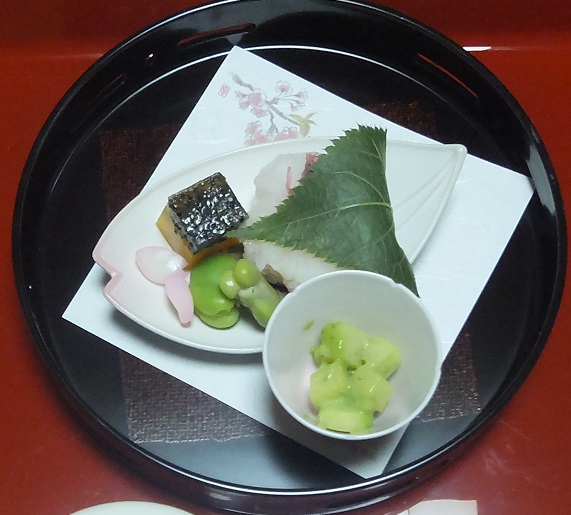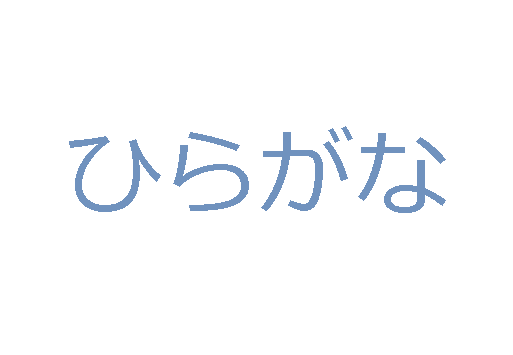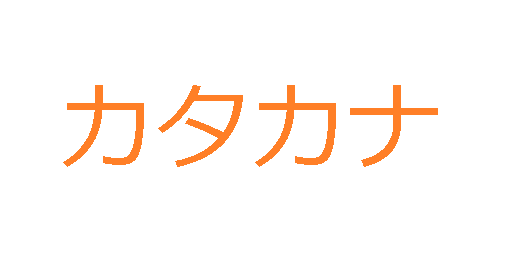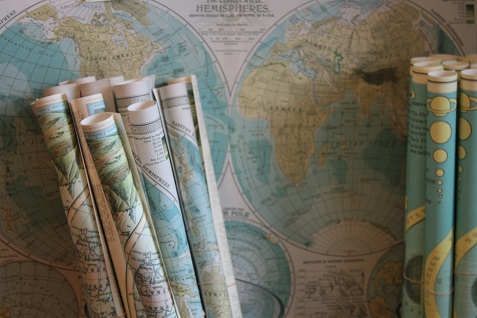Japanese Study & Games
Free Japanese Reading Materials with Romaji
This section offers easy and engaging Japanese reading texts with full romaji support. Perfect for beginners who want to build vocabulary, improve reading skills, and enjoy fun stories without worrying about kanji. All materials include English translation, romaji, and simple sentence patterns to help you feel confident as you learn. More printable downloads and exercises coming soon!

Welcome to today’s Japanese reading practice!
“The Yakiimo Cart” is a short and heartwarming story set in a quiet Japanese neighborhood at sunset. Through this peaceful scene, you will practice natural N3-level Japanese, learn new vocabulary, and experience a little piece of traditional culture.
Download the full text with furigana, romaji, and English translation, and enjoy a cozy reading session while building your language skills!

Free Download. “My Room – Japanese Lesson” is a free beginner-friendly reading resource designed for A1–A2 students and JLPT N5–N4 learners. This cozy short story introduces everyday Japanese vocabulary and grammar in a fun, relaxing way. The lesson includes the full text with furigana, romaji, and English translations to support smooth reading and comprehension. Students will learn useful words related to daily life and practice basic sentence structures. Whether you are self-studying or working with a teacher, “My Room – Japanese Lesson” offers an enjoyable way to strengthen your reading skills and grow your confidence in Japanese!
Free download. Kanji first grade – puzzle. After you’ve learned all kanji for the first grade, look for the words in the puzzle. How many words can you find? Can you read all the words from the list? This puzzle is for level N5 and contains only first-grade kanji.

Free Download: Kanji List First Grade — Perfect for Beginners!
Learning kanji is an important and exciting part of studying the Japanese language. To help beginners, I’ve created a kanji list first grade — featuring 80 essential kanji that Japanese children typically learn during their first year of school.
There are many ways to study kanji: using apps, flashcards, websites, or handwriting practice. Personally, I believe that writing by hand and visualizing the kanji helps you remember them much more deeply.
Here’s my current method:
When I study a new kanji, I usually write one line in my notebook to practice its stroke order and basic shape.
Sometimes, I also trace the kanji in the air with my finger or visualize the strokes in my mind. This small exercise helps me feel more connected to the kanji and memorize it more naturally.
If I see the same kanji again later, I practice it again without pressure — learning through small, natural repetitions.
I also repeat the two most common readings several times to strengthen my memory.
This slow, steady, and mindful method has made my kanji learning more enjoyable and effective. I hope it inspires you too!
Download the kanji list and start your learning journey with small, steady steps today!
Free download. Katakana practice. Check out in the dictionary the words you don’t know, then look them up in the puzzle.

Free download. Katakana practice. Check out in the dictionary the words you don’t know, then look them up in the puzzle.

Free download. Katakana practice. Check out in the dictionary the words you don’t know, then look them up in the puzzle.

The easiest way to recap your hiragana chart. Free download.
Hiragana is a Japanese syllabary, part of the Japanese writing system together with katakana and kanji. Hiragana symbols are phonetic symbols, and they are written representations of pronunciations. The word hiragana means “ordinary (cursive) kana.” Kana symbols (hiragana and katakana) primarily represent syllables, and the kana systems are therefore syllabaries rather than alphabets. The hiragana symbols are simplifications of Chinese characters.
Hiragana is used for (variable endings) changing parts of the verbs, adjectives, and adverbs, as well as for particles, different words where kanji are not appropriate and furigana (phonetic writing over the kanji). There are 46 basic symbols in hiragana, and they are simple to write and have fixed pronunciation.
Together with Katakana, it evolved around the end of the eighth century. In those early days, hiragana was used mainly by women, while men preferred to use the more angular katakana. However, these associations have long since disappeared.
At first, hiragana was not accepted by everyone. The educated or elites preferred to use only the kanji system. Women preferred to use the cursive script form of the kanji, and therefore hiragana first gained popularity among court women and was widely employed in the writing of personal communications and literature. From this comes the name of “onnade” or “women’s writing.” For example, “The Tale of Genji,” “The Pillow-Book,” and other early novels by female authors used mostly or only hiragana.
When studying hiragana, it is important to learn from the beginning the correct pronunciation sound for each syllable. As well, the best way to remember is to practice by hand, using a math notebook and a pencil.

Katakana: The Sharp, Stylish Side of Japanese
Katakana is one of the three main scripts in Japanese, often seen as the bold and edgy sibling of hiragana. While it’s mostly used for foreign words, loanwords (like アイスクリーム for “ice cream”), and onomatopoeia, it also shows up in manga, advertisements, tech, and fashion to create a modern or dramatic feel. What many learners don’t know is that katakana was originally developed by Buddhist monks, who took parts of complex kanji characters to create a shorthand system for reading texts aloud. That’s why katakana looks more angular—it comes from fragments of full Chinese characters! Learning katakana not only helps with reading menus and signs in Japan, but also lets you sound out new words creatively. Download this chart and get familiar with the sharp and stylish world of katakana!

Can you find all the countries in the puzzle? – Katakana practice – Name of countries in Japanese. Free download.
